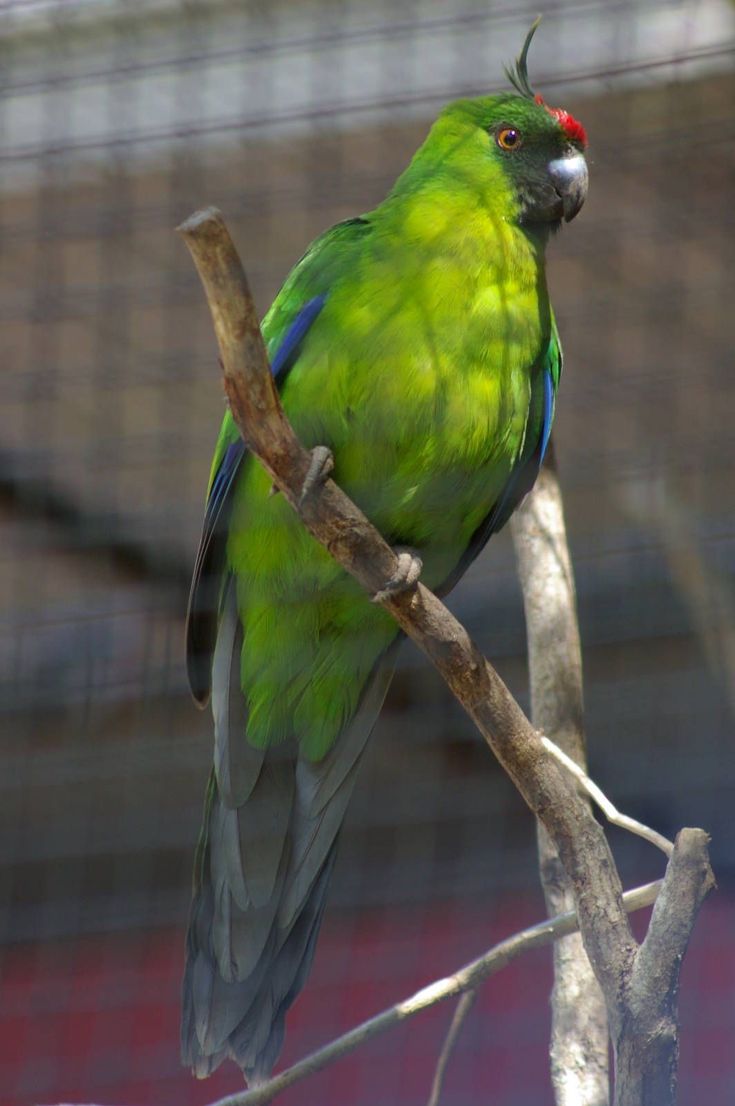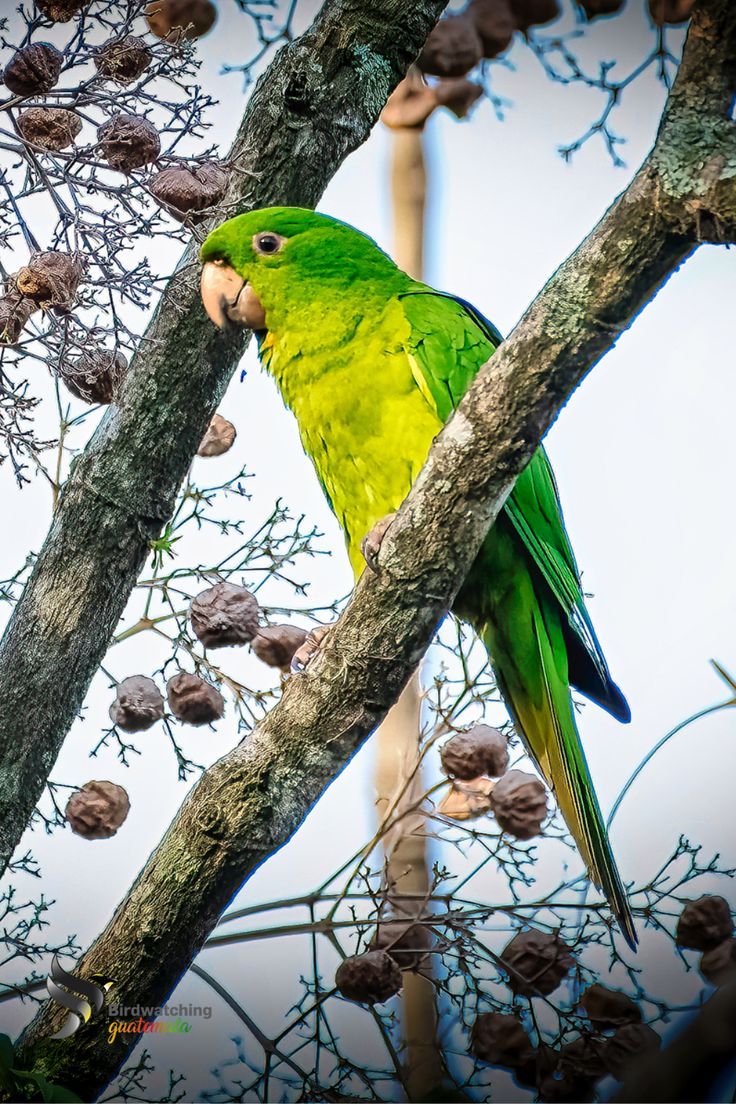Visual Identification
The Pacific Parakeet ( Psittacara strenuus ) is a medium to large parakeet, measuring approximately 30–33 cm (12–13 inches) in length, including its long, pointed tail. Its plumage is predominantly bright emerald green , with occasional orange flecking on the head and neck —a feature more pronounced in some individuals than others.
The stout, ivory colored bill and pale eye ring contrast subtly against its green feathers.
Unlike some related species, it lacks blue in the wings, and its tail appears slightly more tapered than that of the Green Parakeet
Size
66cm to 102cmn to your card.
180cm to 230cm
3kg to 6.7kg
Similar Species and Identification Challenges
Distinguishing the Pacific Parakeet from its close relatives requires attention to subtle differences in range, size, and plumage :
Green Parakeet ( Psittacara holochlorus ) : Nearly identical in appearance but found in interior valleys of Chiapas (Mexico) rather than Pacific lowlands.
Orange fronted Parakeet ( Eupsittula canicularis ) : Smaller, with a bright orange forehead patch and blue primary feathers —features absent in the Pacific Parakeet.
Crimson fronted Parakeet ( Psittacara finschi ) : Larger, with red markings on the head and shoulders , and found in different habitats.
Since visual differentiation is difficult, geographic location and flock behavior are often the most reliable indicators for identification.
Habitat and Behavior
Preferred Ecosystems
- This species thrives in tropical and subtropical forests , including:
- Lowland rainforests
- Riparian woodlands
- Coffee and fruit plantations (where it may feed on cultivated crops)
- Semi open areas with scattered trees
Social Structure and Vocalizations
Pacific Parakeets are highly gregarious , often forming flocks of 20–50 birds , though larger aggregations have been observed near abundant food sources. Their calls consist of loud, rolling screeches —similar to other Psittacara parakeets—making them easier to detect by ear than by sight in dense foliage.
Feeding Habits
Their diet primarily consists of:
Fruits (figs, palms, and cultivated fruits like mangoes)
Seeds
Flowers and nectar (opportunistically)
They are known to forage noisily in treetops , sometimes alongside other parakeet species.
Geographic Range and Distribution
- The Pacific Parakeet is endemic to a narrow strip of Pacific lowlands , including:
- Southern Mexico (Chiapas)
- Guatemala
- El Salvador
- Honduras
- Possibly western Nicaragua
Unlike the Green Parakeet, which favors arid interior valleys , this species is closely associated with humid coastal forests .
Conservation Status and Threats
The species is currently classified as Least Concern (IUCN) , but localized declines have been noted due to:
Deforestation for agriculture and urbanization
Capture for the pet trade (though less targeted than other parrots)
Pesticide use in plantations
Conservation Efforts
Key measures to protect this species include:
- Preservation of lowland tropical forests
- Sustainable farming practices in parrot habitats
- Community based ecotourism to reduce trapping pressure
Conclusion
The Pacific Parakeet is a striking, social bird that plays an important role in its ecosystem as a seed disperser and indicator of forest health.
While still relatively widespread, its dependence on threatened lowland forests means that habitat conservation is crucial for its long term survival.
Birdwatchers visiting its range should listen for its raucous calls and watch for large green flocks moving through the canopy—a lively spectacle of Central America’s avian biodiversity.
Would you like any refinements, such as more scientific references or behavioral observations?



